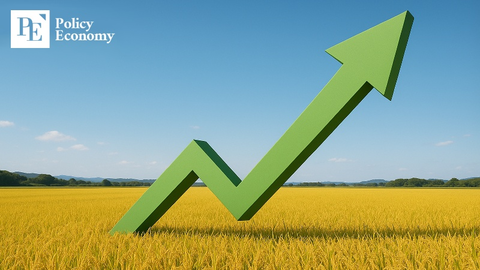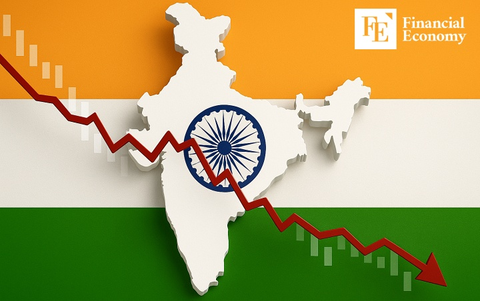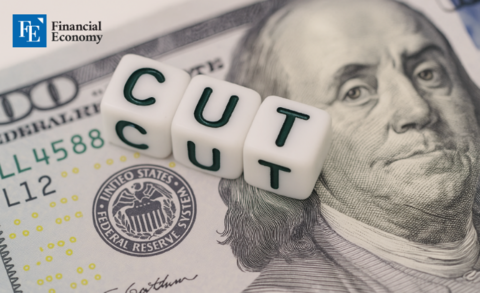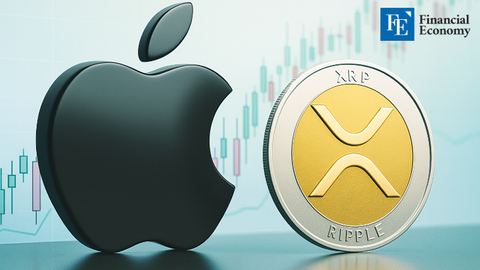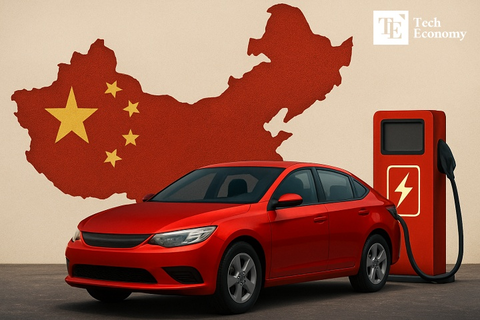U.S. Cuts CHIPS Act Subsidies, Putting Samsung and SK Hynix in a Bind
Input
Modified
U.S. Commerce Secretary: “CHIPS Act Subsidy Rate Should Be Lowered to 4%” Samsung and SK Hynix Face Risk of Losing Hundreds of Millions in Subsidies Can the Lee Jae-myung Administration Encourage Domestic Investment by Korean Chipmakers?
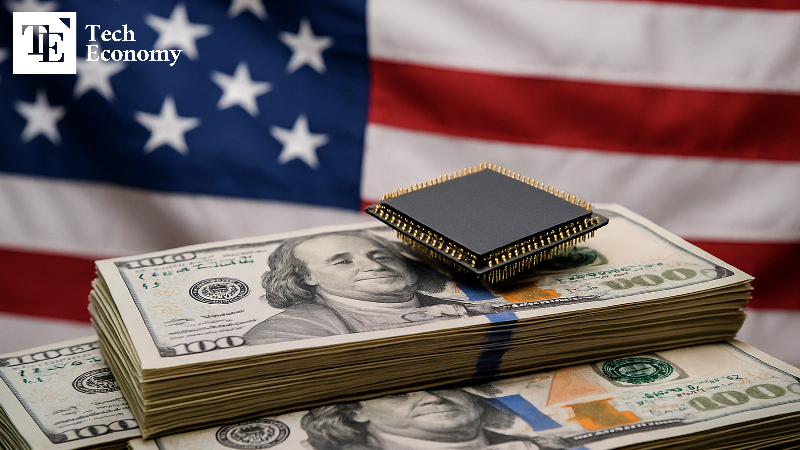
The United States is reconsidering its subsidy policy under the CHIPS Act, a key initiative of the Biden administration. The plan involves lowering the subsidy-to-investment ratio, effectively reducing the overall level of support for semiconductor companies.
U.S. Renegotiating Semiconductor Subsidies
According to industry sources, on June 12, the U.S. government is actively pushing to reduce the subsidies provided to semiconductor companies significantly. On June 4 (local time), U.S. Commerce Secretary Howard Lutnick stated before the Senate Appropriations Committee that “a subsidy ratio below 4% of total investment is more appropriate,” adding that “10% is overly generous.” His remarks confirm that renegotiations are now underway, following his earlier comments during his January confirmation hearin,g where he announced plans to review CHIPS Act subsidy agreements signed under the Biden administration.
The CHIPS Act, enacted in 2022 by former President Joe Biden, incentivizes semiconductor firms to invest in the U.S. by providing mainly direct subsidies, loans, and investment tax credits. The current review focuses specifically on direct subsidies—cash payments granted by the U.S. Department of Commerce after evaluating each company's proposal. Originally, major semiconductor firms expected to receive subsidies amounting to about 10–15% of their total investment.
The 4% figure cited by Secretary Lutnick is believed to be based on the example of Taiwan Semiconductor Manufacturing Company (TSMC). TSMC recently expanded its planned U.S. investment from USD 65 billion to USD 165 billion under the second Trump administration. If the U.S. government declines to increase subsidies in proportion to this expansion, the effective subsidy rate for TSMC would drop from 10.3% to 4%.
South Korean Chipmakers in the Crosshairs
If the 4% standard is applied not only to TSMC but to all semiconductor companies, major South Korean players—Samsung Electronics and SK Hynix—stand to lose a substantial portion of their anticipated U.S. subsidies. Both firms finalized subsidy agreements with the U.S. toward the end of President Biden’s term in December 2024.
Samsung is currently investing USD 37 billion to build a semiconductor foundry in Taylor, Texas, with an initial agreement to receive USD 4.745 billion in subsidies from the Department of Commerce. SK Hynix planned a USD 3.87 billion investment to construct an advanced packaging plant for AI memory chips in Indiana, and was slated to receive up to USD 458 million in subsidies.
However, if the revised 4% cap is enforced, Samsung’s subsidy could shrink to USD 1.48 billion and SK Hynix’s to just USD 154.8 million. This drastic cut would erode much of the incentive for continuing large-scale U.S. investments. One industry source remarked, “If the subsidy scale is reduced, there's really no reason to keep building new fabs in the U.S.,” adding that “there’s growing speculation that Samsung and SK Hynix may start seeking cheaper production alternatives in other countries.”
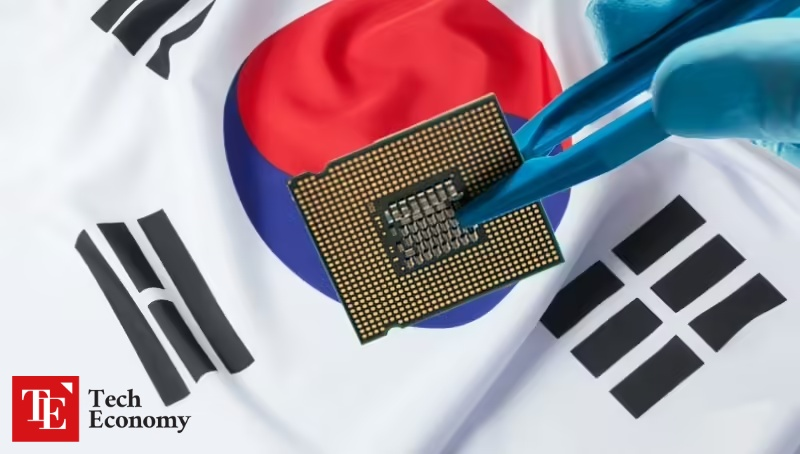
Semiconductor Policy of the New Administration
Some in the industry believe that the reduction of U.S. subsidies may present an opportunity for South Korea to encourage its semiconductor firms to ramp up domestic investment. This outlook is tied to the recently inaugurated administration of President Lee Jae-myung, who has declared support for the semiconductor industry as his “top policy priority.” During his campaign, President Lee repeatedly emphasized that “global economic supremacy depends on who controls semiconductors,” and pledged to make South Korea the world’s leading semiconductor powerhouse through “overwhelming technological dominance and innovation.”
To realize this vision, the Lee administration plans to swiftly enact a Special Semiconductor Act that includes direct subsidies for chipmakers, while offering a production tax credit of up to 10% for domestically manufactured and sold semiconductors. Additional pledges outlined in the policy platform include:
- Supporting next-generation AI semiconductor development and the broader industrial ecosystem;
- Strengthening support for system semiconductors and advanced packaging to build a comprehensive semiconductor ecosystem hub;
- Establishing RE100-compliant semiconductor clusters that meet renewable energy targets.
If the new government’s semiconductor initiatives are successfully implemented and drive increased domestic investment from firms like Samsung Electronics and SK Hynix, the policy could yield wide-ranging benefits, including economic revitalization, job creation, and growth across the manufacturing supply chain.
Experts also stress the need for swift and concrete support measures to foster the domestic semiconductor ecosystem. Kim Yang-paeng, a semiconductor analyst at the Korea Institute for Industrial Economics and Trade (KIET), commented, “The reduction in U.S. subsidies is not unexpected—it’s simply becoming reality now. We must prepare our own mechanisms to support the domestic semiconductor industry.” He added, “Even if the details are revised later, enacting the Special Semiconductor Act quickly is key to ensuring long-term policy continuity.”

